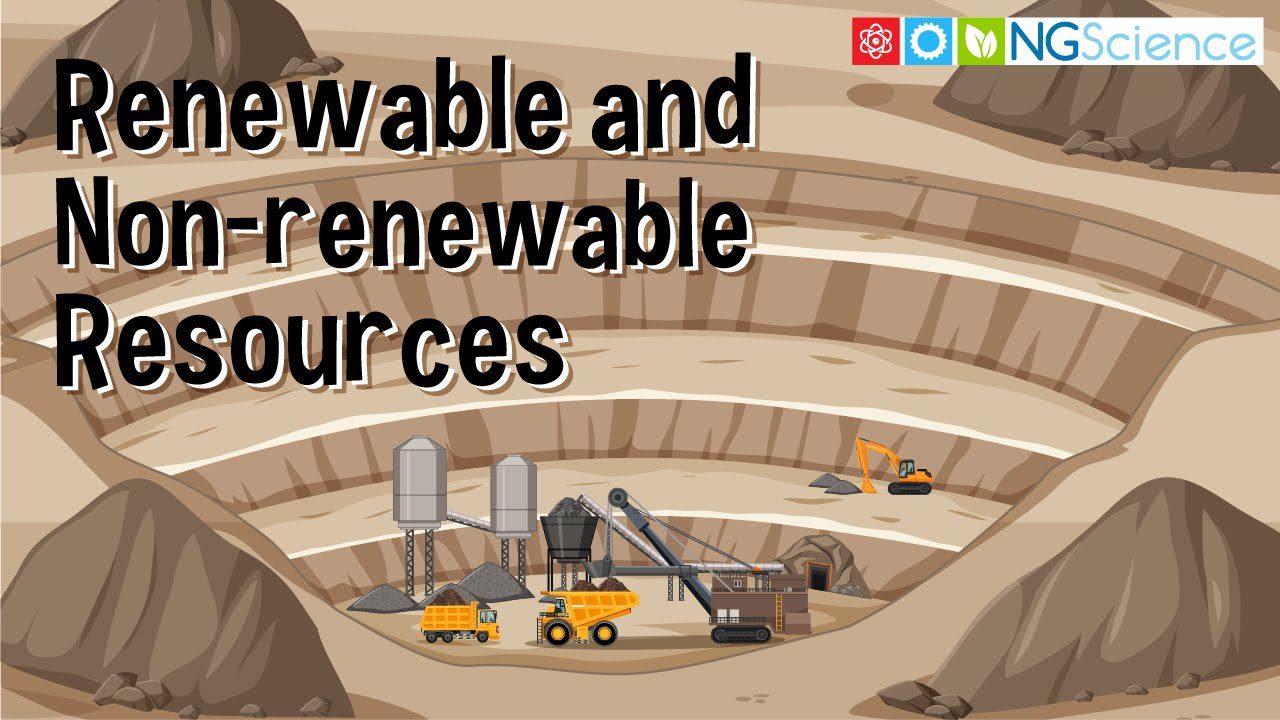Renewable and Non-renewable Assets
#renewable #non-renewable #resources #ngscience
All about the Earth’s resources and how their use by people can impact the environment.
The Earth is full of natural resources. A natural resource is a part of the Earth that people use. It includes things like sunlight, wind, water, plants and animals and fossil fuels like coal, oil and natural gas.
Some natural resources are renewable. This means they are replaced or replenished by nature when they are used…so they wont run out. They can be used now and by future generations too. Sunlight, wind and water are examples of renewable natural resources.
Some of the natural resources people use are non-renewable. A non-renewable natural resource is a resource that is not able to be replenished by nature at the rate in which they are being used. Fossil fuels, like coal, oil and gas are non-renewable. Fossil fuels are formed when organic matter deep beneath the Earth’s surface are subject to heat and pressure over millions of years. The fuels can be burned to produce heat which is used by people in a number of ways. They are used in combustion engines to power cars, buses and other vehicles. They are also used to produce electricity.
Coal is a fossil fuel that is found beneath the surface of the Earth. To get coal, a mine needs to be constructed. This can cause large and widescale changes to the environment. Trees and plants are removed to make way for the mine and the network of roads needed to transport people and coal out of the area. A major impact of coal mining is habitat loss. This occurs when human changes to the environment result in there being insufficient resources for organisms to survive. Some animals may move to a new suitable habitat. Most organisms however, will die.
To get natural gas and petroleum, people must drill deep into the Earth’s surface. Sometimes chemicals are used to pump the fuels from the Earth. These chemicals can pollute the land. Land and water pollution can also occur when these fossil fuels spill into the natural environment.
The burning of fossil fuels has another impact on the Earth – air pollution. The emissions released into the air when fossil fuels are burned are harmful to organisms, including people. The emissions also include greenhouse gases that trap solar radiation in the atmosphere and increase the rate at which the Earth is warming – a process called human-induced climate change. Scientists have discovered solid evidence that the burning of fossil fuels by people is causing the Earth to get warmer at a much faster rate than it normally would. This is caused the water level in our oceans to rise, the melting of the Earth’s polar ice caps and causing changes to many of Earth’s habitat making them unsuitable for the organisms that depend on them.
source


No Comments